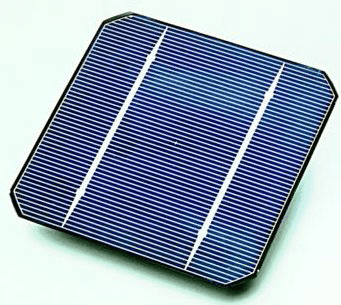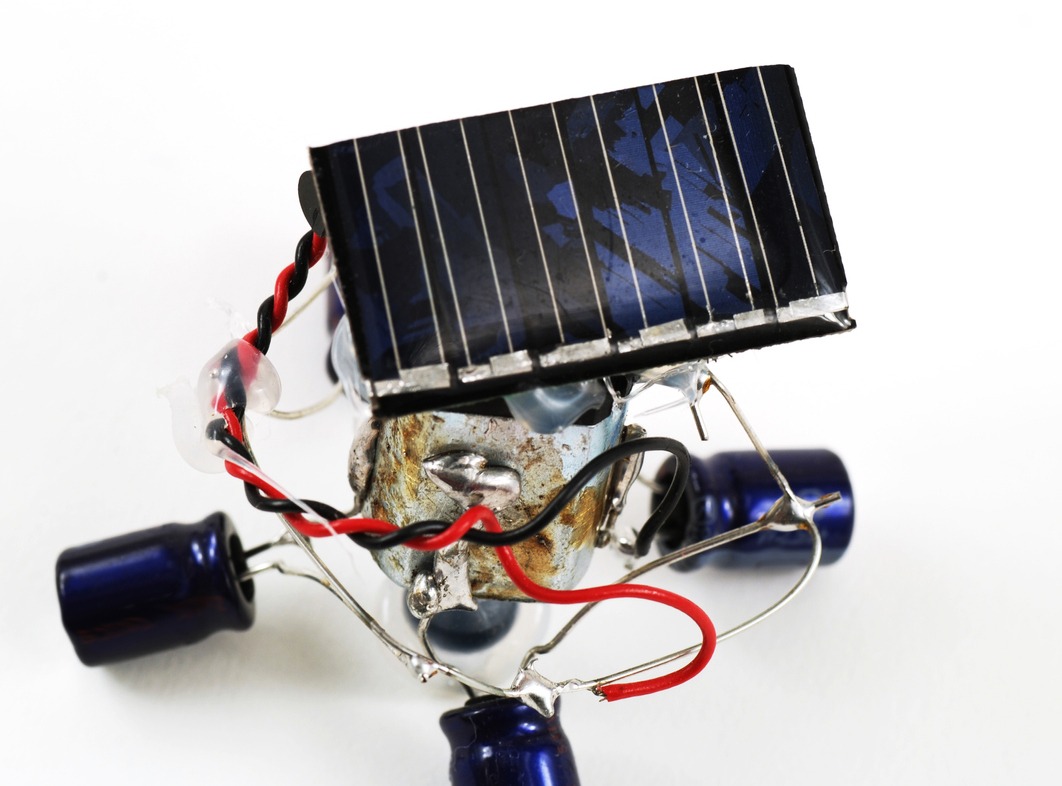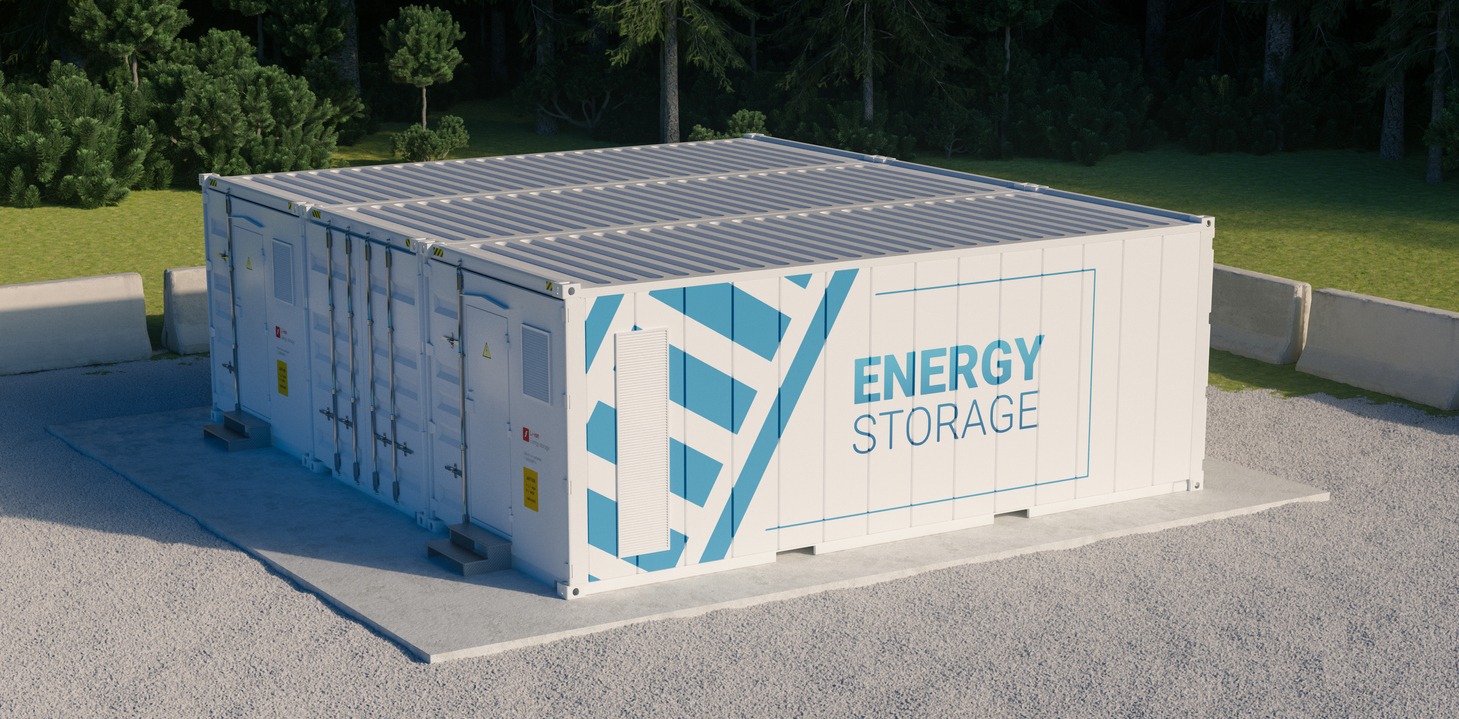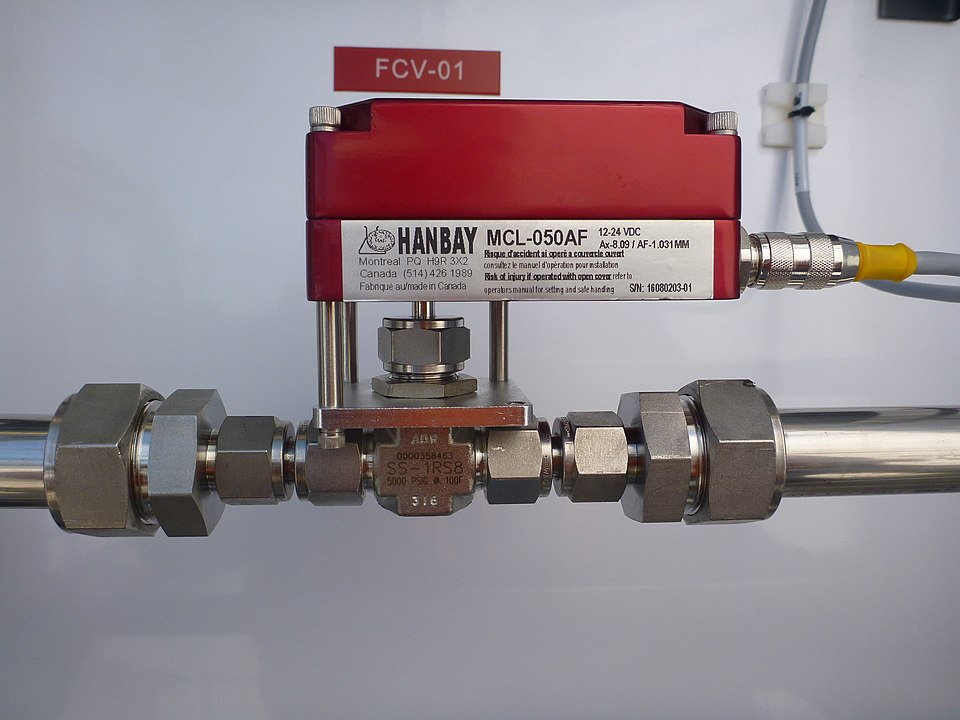Solar robots are a remarkable development in this age of technology. Solar robots are powered by photovoltaic cells (PV cells), which convert sunlight into electricity. This electricity is then used to drive motors, sensors, and other components in the robot. The energy converted from solar to electrical is then used to perform various tasks without the need for conventional power sources. We will take an in-depth look below at how these self-sufficient robots work and underlying mechanisms.
Solar Cells

Solar cells are components that harness the photovoltaic effect to transform light energy into electricity. They generate electrical charges through a semiconductor material that enables the flow of electrons. When choosing solar cells for a solar-powered robot, you have two options – monocrystalline and polycrystalline. Monocrystalline cells are made from a single crystal structure and are very efficient, but also more expensive. On the other hand, polycrystalline cells are made from multiple crystals and are less expensive but not as efficient as the former.
Energy Storage
To understand how a solar robot works, it is important to explore the role of energy storage in the system. In this section, we will take a look at energy storage and the use of batteries to store solar energy in these robots. A solar battery is a device that can be connected to a solar power system to store the the electricity generated by solar panels.
The stored energy can then be utilised to provide power to a robot when the solar panels are not producing enough energy needed to operate the robot. Different types of batteries offer different levels of charge capacity and may be charged at various rates depending on their design. That’s why the importance of choosing the right battery for your particular needs cannot be stressed enough, as doing so will ensure optimal performance from your robotic device.
Additionally, some batteries may be more suitable than others for specific uses or applications. For example, lithium-ion batteries are best used for short-term, high-power bursts while lead-acid batteries are better suited for providing longer periods of sustained power output.
Power Management
When electricity is sent to a robot, it’s important to make sure it’s getting the right amount and at the right speed. This is where voltage regulators and other power management devices come in.
They act like traffic controllers, directing the flow of electricity to the robot and making adjustments along the way. Voltage regulators allow users to limit the amount of current that passes through the power system – managing both input and output voltages to ensure only safe levels are used for all components to run properly.
This is an important step since too much voltage can cause damage to sensitive electrical components like microprocessors and switches within a robot’s circuitry. Additionally, these devices help reduce the drain on batteries by ensuring no excess energy is wasted as heat due to overcharging or over-voltage situations.
Motors And Actuators
Motors and actuators are essential components when it comes to the movement of a solar robot. Motors provide the rotary motion necessary for the robot to move, while actuators provide the linear motion that robots need to control their speed and direction. When selecting motors and actuators, it’s important to factor in the size and weight of the robot. Heavier robots will require larger servos or motors with higher torque ratings, while lighter robots can safely employ smaller-sized motors that have less power output.
The overall configuration should be based on a combination of weight and power requirements so that you can achieve the desired results without breaking the bank or compromising your robot’s performance capabilities. Also, it’s worth keeping in mind that any motor or actuation system needs to be designed such that it can withstand any environmental conditions that your robot may face in its operation, such as extreme temperatures or humidity levels.
Control Circuitry
Just like motors and actuators, the control circuitry is another essential part of a solar robot and plays a major role in regulating the functions of the robot. It typically consists of several components such as microcontrollers, sensors, and other control elements that work together to ensure proper functioning. Microcontrollers are like the brains of your solar robot. These are used to process data from sensors and switches, enabling the robot to sense its environment and respond accordingly.
These same microcontrollers can then be used for various tasks such as controlling motors and lights based on the information provided by the input devices. And, speaking of sensors… Sensors provide critical input for the microcontroller by measuring things like speed, proximity, sound, temperature, or light intensity – which helps determine how the robot should act in any given situation.
Microcontrollers and sensors are two of the most crucial parts of the circuitry. But other control elements such as switches and relays are also employed to help manage operations within the robot’s body while connecting it with external components.
Design Considerations
Design considerations are an important part of any robotics project, especially when it comes to solar robots. Solar robots rely on the power of the sun to operate and thus, must be designed with this in mind. To make sure that a solar robot will be able to run effectively, several design components must be considered – as each can have a huge impact on efficiency, durability, and energy consumption.
- The robot should have a robust enough chassis and structure so that it can properly support its own weight as well as the tasks it is required to carry out. When designing a robot, weight distribution plays a key role in ensuring that the robot works properly. If the weight is not evenly distributed throughout the body or limbs of the robot, then it won’t be able to function as intended.
- The right materials have to be used to ensure durability and energy efficiency. For instance, if a robot is used in outdoor environments or needs to carry heavy items without breaking over time, then durable materials will be needed or else its lifespan may be shortened considerably.
- Motors must be selected carefully based on their torque and power requirements so they will not overheat or fail while running.
- A solar robot robot needs adequate solar panels and energy storage so that it can collect enough energy from the sun in order to operate and perform its tasks correctly. Energy efficiency should be prioritized as this will help maximize battery life and allow for longer operational periods without requiring recharge cycles or replacement batteries.
- Lastly, proper programming is essential for controlling all of these components together so they work together harmoniously.
Conclusion
Solar robots are an innovative solution that harness the power of the sun to run various tasks. The design of a solar robot is crucial, as it affects its efficiency, durability, and energy consumption. Key design considerations include weight distribution, materials, motors, solar panels and energy storage, and programming. If you want a robot that can teach you the basics of programming and coding, you can check out the Codey Rocky Coding Robot.
Solar robots offer cost efficiency, environmental sustainability, and improved productivity in various industries. From agriculture and manufacturing to window cleaning, the range of tasks these robots can perform is vast, making them an exciting and promising technology for the future. If solar robots sound like an interesting topic, you might also be interested in watching movies that feature robots as the main theme. Here is a comprehensive guide to movies centered around robots.


